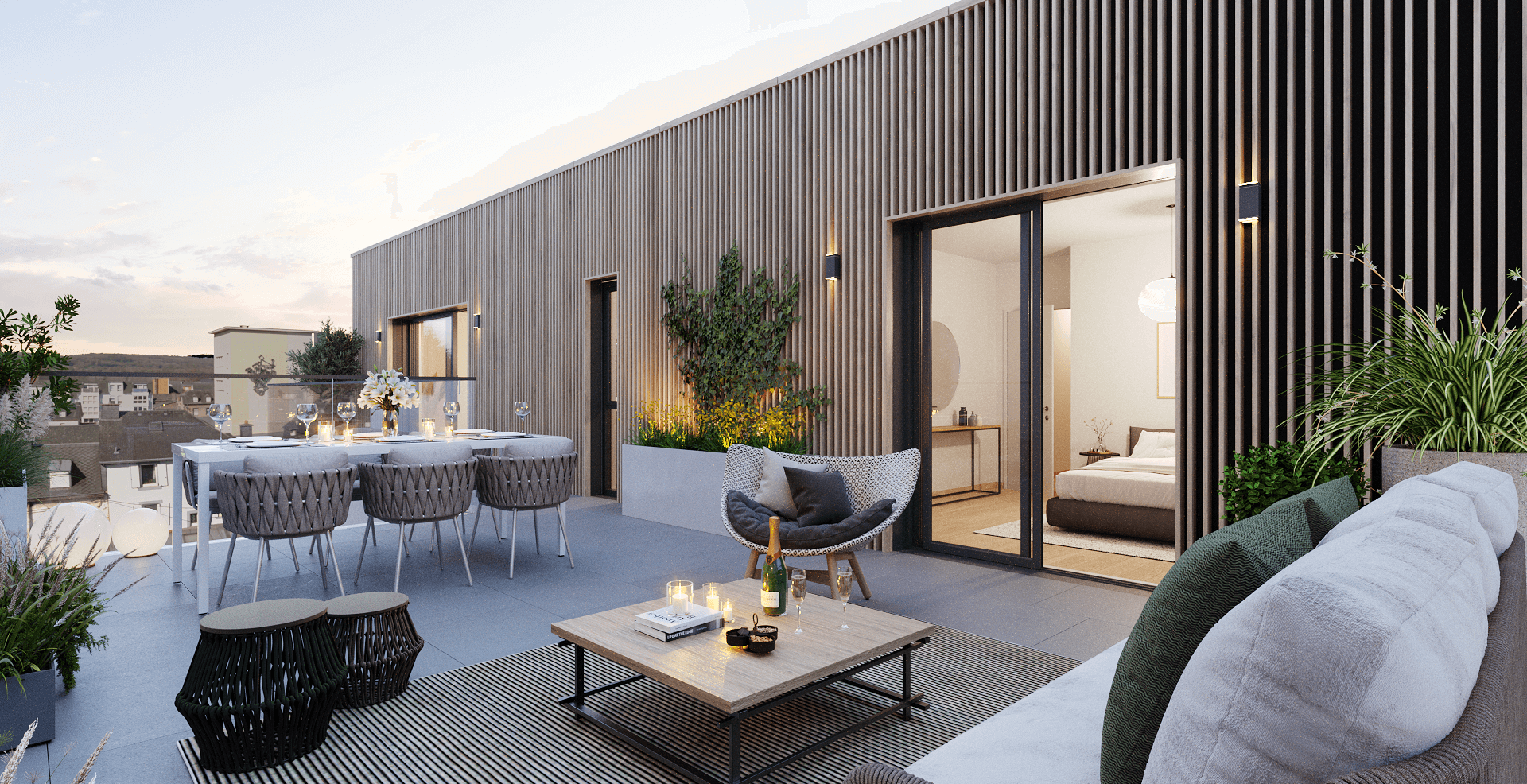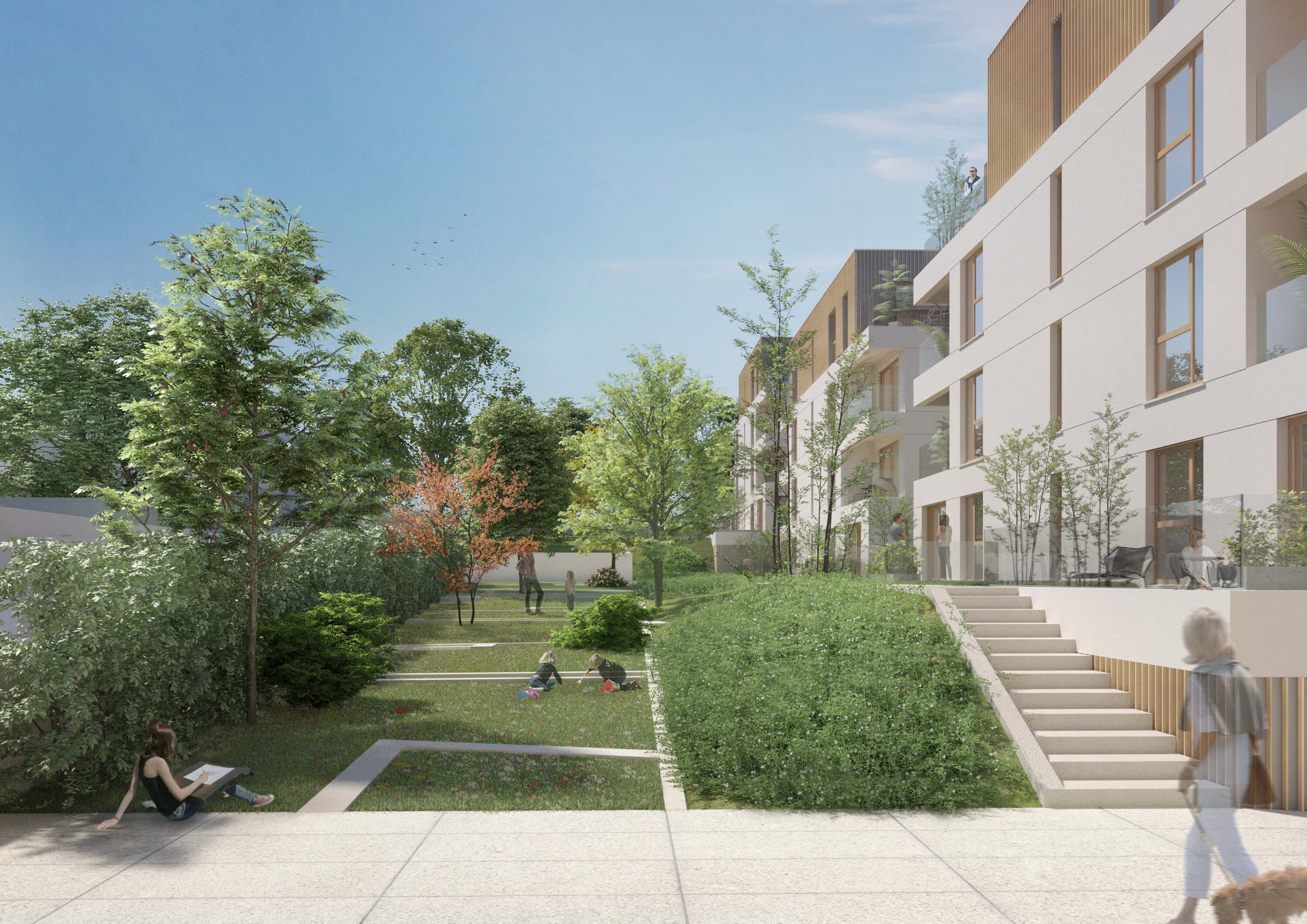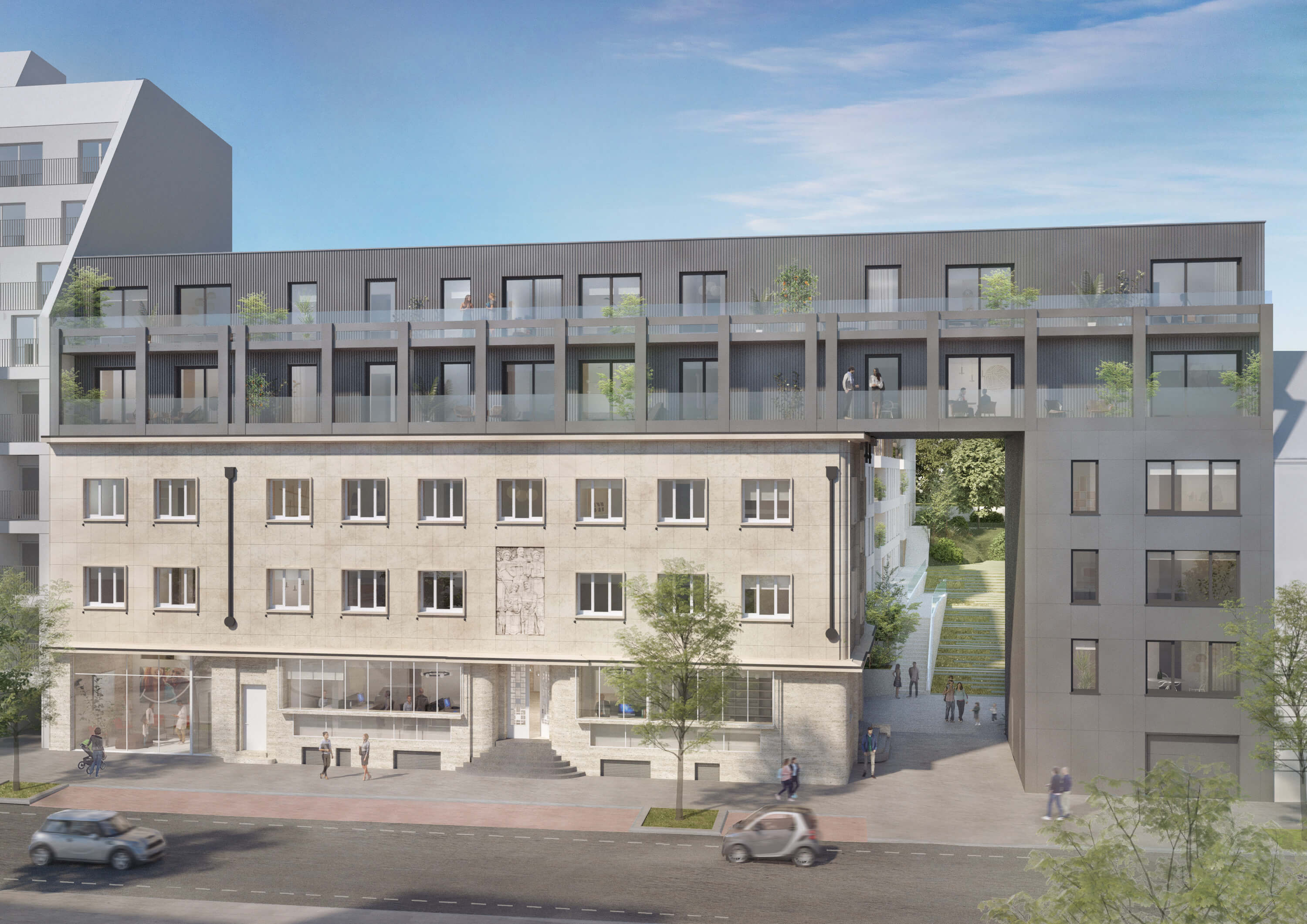
Grand Duchy of Luxembourg's second city, Esch-sur-Alzette – famous for its architectural monuments and heritage – is enjoying a boom. The population is growing continuously. New infrastructure is being constructed. Cultural buildings are undergoing a makeover and an increasing number of real estate projects are emerging.
Luc Everling, Esch-sur-Alzette’s lead architect, explains more: “The city’s urban priorities are centred on two strategies: redeveloping the brownfield and redesigning the layout of the city centre with a focus on densification. Immobel Luxembourg’s Canal 44 project dovetails nicely within this second initiative.”
This allowed us to increase the number of residences on offer; an essential requirement given the growth of Esch-sur-Alzette.
Luc Everling, Esch-sur-Alzette’s lead architect
The project focuses on diversity in the wider sense as one of the city’s principal goals. This diversity comes in different forms: functional diversity, social class diversity, and preservation of the heritage that will lead to architectural diversity. “You find these three foundations in Canal 44,” adds Luc. “The joint programme involving businesses, services and housing allows us to attract a varied public, both generally speaking and in terms of revenue.”

Built in 1938 as headquarters of the Journal d’Esch press group, the main façade and some interior features of 44 Rue du Canal are listed, so have been preserved. “The iconic façade with a terrace-style entrance are protected by the PAP PAP ('Plan d'Aménagement Particulier' or Specific Development Plan), not only for its architectural value but for its nod to the history of our city,” points out Luc.
Another aspect of the programme is its densification within the housing cluster. “This allowed us to increase the number of residences on offer; an essential requirement given the growth of Esch-sur-Alzette.”

Housing is a very important issue for the city. Care has been taken not only to provide dedicated equipment to the residential buildings to ensure diversity, but also to enhance the layout of outdoor spaces. The residence opens up to a tree-lined cluster, designed to promote biodiversity in the city as well as to offer a shared garden. These green spaces provide valuable areas for residents and visitors to relax and enjoy an enhanced quality of life. “It’s important that everyone benefits from this aesthetic perspective,” insists Luc.
“Preserving what may be of value, while allocating properly to enhance that value!” With these words, Luc reveals the secret to successful development.